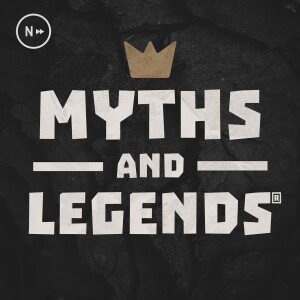

TIM MURPHY READS FROM HIS NOVEL CHRISTODORA WITH DARCY COSPER
Christodora (Grove/Atlantic)
In Christodora, Tim Murphy follows the lives of a diverse cast of characters who reside in and around an iconic apartment building in Manhattan’s East Village, the Christodora. Constructed in the 1920s, the Christodora has stood through New York City’s various cultural shifts, from the AIDS epidemic to the Tompkins Square Riots of the 1980s, from the destructive effect of hard drugs to the gentrification of a beloved Manhattan neighborhood. Murphy moves kaleidoscopically through these times and into New York City in the not-too- distant future in this poignant portrait of sex, drugs, art, and activism in this ever-changing city.
On Avenue B in the East Village, the Christodora is home to Milly and Jared, a privileged young couple with artistic ambitions and parents to a young adopted son, Mateo. Their neighbor, Hector, a PuertoRican gay man once celebrated for his work as an AIDS activist, is now a lonely addict who becomes connected to Milly and Jared’s lives in ways none of them can anticipate. Meanwhile, Mateo grows to see the opportunity for both self-realization and oblivion that New York offers. As the junkies and protestors of the 1980s give way to the hipsters of the 2000s and they, in turn, to the wealthy residents of the crowded, glass-towered city of the 2020s, enormous changes rock the personal lives of Milly and Jared and the constellation of people around them, even as ghosts of the past cast a shadow on their future.
A novel of great scope and ambition, Christodora is a closely-observed panoramic novel that powerfully evokes the danger, chaos, and wonder of New York City, as well as the strange and moving ways in which its dwellers’ can intersect.
Praise for Christodora
“[A] vivid account of the AIDS crisis and its aftermath . . . Murphy has written The Bonfire of the Vanities for the age of AIDS, using the same reportorial skills as Tom Wolfe to re-create the changing decades, complete with a pitch-perfect deployment of period detail. Skipping back and forth in time over 40 years, and projecting itself into the near future, the novel achieves a powerful evocation of the plague years.”—Publishers Weekly
“An ambitious social novel informed by an extended perspective on the HIV/AIDS epidemic . . . In his debut novel, Murphy wants to bring [Larry] Kramer’s vision into the 21st century, though he goes about it with more artistry and less polemic . . . The author is expert at inhabiting a variety of mindsets . . . A poignant . . .exploration of a health crisis that hasn’t yet ended.”—Kirkus Reviews
“Murphy, who has long reported on HIV/AIDS, LGBT issues, pop culture, travel, and the arts for a wide range of publications, here travels through New York City from the AIDS-scarred 1980s to the hipster-dominated 2000s to the wealth-drenched 2020s, all by focusing on a single East Village building.”—Library Journal
“An intimate portrait of a bohemian family, Christodora is also a capacious historical novel that vividly recreates the lost world of downtown Manhattan in the eighties—a nuanced portrait of an era in which artists were unwitting agents of gentrification and the bright dawn of gay liberation was brutally interrupted by the AIDS epidemic.”—Jay McInerney
“A moving portrait of New York in the time of AIDS, Tim Murphy’s honest and insightful writing gives Christodora a particular vibrancy that causes the characters to leap, whole, into the reader’s imagination. This spectacular novel is an important addition to literature that captures New York in all its glory and despair.”—Candace Bushnell
“An exuberant, ambitious, funny, gorgeously written epic, Tim Murphy’s Christodora not only makes us privy to the most intimate secrets and dreams of a group of unforgettable diverse characters, this brilliant tale also sweeps us up into the spirit of our age, from the AIDS crisis to now and even into the future, so that we can see and feel the devastating effects of time as it changes us forever.”—James Hannaham, author of Delicious Foods
Tim Murphy has dedicated the last twenty years to reporting on HIV/AIDS. He’s written on the subject for Out, Advocate, and New York Magazine, where his cover story on the new HIV-prevention pill regimen PrEP was nominated for a GLAAD Media Award for Outstanding Magazine Journalism. He also covers LGBT issues, arts, pop culture, travel, and fashion for publications including the New York Times and Conde Nast Traveler.
More Episodes
All Episodes>>Create Your Podcast In Minutes
- Full-featured podcast site
- Unlimited storage and bandwidth
- Comprehensive podcast stats
- Distribute to Apple Podcasts, Spotify, and more
- Make money with your podcast












